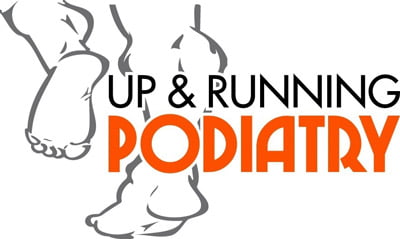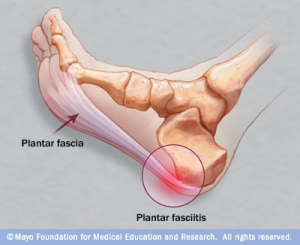With summer in full swing, thongs and sandals get dusted off, barefoot time starts to increase and we tend to be outdoors more. Over the warmer months and those following we tend to see an increase in the presentation of “heel pain”.
Plantar Fasciitis is a common diagnosis for heel pain that is normally worse in the morning and tends to get better as the day progresses. It can also spike again after a period of rest post high intensity or inactivity.
There are many causes for heel pain. Normally a combination of variables such as, footwear, increased standing or activity, weight gain, muscle tightness, biomechanics and age which can go un-noticed, reach threshold- whereby the plantar fascia can no longer repair itself and symptoms arise.
So, does this sound familiar? What do you do next?
Firstly, identifying any recent changes might be of benefit. This could be something as simple as ‘I’ve started going for a walk in the evening’ to ‘I’ve started wearing my summer sandals that I’ve worn every year again’.
It is worthwhile trying some conservative management such as:
1. Massaging with a frozen bottle or a tennis/golf ball
2. Moving the foot around before getting out of bed to warm up the fascia
3. Reduce barefoot time at home
4. Make sure footwear is suitable (AKA podiatry friendly)
It is also of great benefit to have a full podiatry biomechanical assessment, where your podiatrist will be able to identify key risk factors that are individualised to you and your heel pain. During the consult further conservative management methods such as stretching, heel lifts, taping or footwear can be tailored to you and a conclusive diagnosis can normally be made.
If conservative management is not enough to reduce your heel pain, where appropriate a podiatrist can prescribe an orthotic which would further help reduce the mechanical strain on the fascia, provide extra corporeal shockwave therapy (which is a safe, effective and simple treatment for cases that are not responding to conservative management/conjunct therapy ) or in extreme cases a referral for a corticosteroid injection or surgical opinion can be made.
Plantar heel pain is not something that you have to live with forever!
There are many treatment options and combinations that can be utilised to regress plantar heel pain.
A discussion with your podiatrist or allied health professional can be a great starting point.
*The information provided above is targeted at an adult population.
Yates, B. (2012). Merriman’s Assessment of the Lower Limb (3rd ed., p. 487). Edinburgh: Churchill Livingstone/Elsevier.
Schmitz, C., Császár, N., Rompe, J., Chaves, H., & Furia, J. (2013). Treatment of chronic plantar fasciopathy with extracorporeal shock waves (review). Journal of Orthopaedic Surgery and Research J Orthop Surg Res, (8), 31-31. doi:10.1186/1749-799X-8-31

